For our trip to Greece, we debated on going to either Athens or Thessaloniki which is the second largest city in Greece. From what I have read, Athens is a large and busy, metropolis, while in contrast, Thessaloniki ticked all the right boxes as a relaxed, friendly and vibrant city with a happy and youthful population and the highest rate of cafes and bars per capita than any other city in Europe. Plus, knowing that we were going to be in the enormous and busy city of Milan later in the week, the less hectic city of Thessaloniki got our vote.


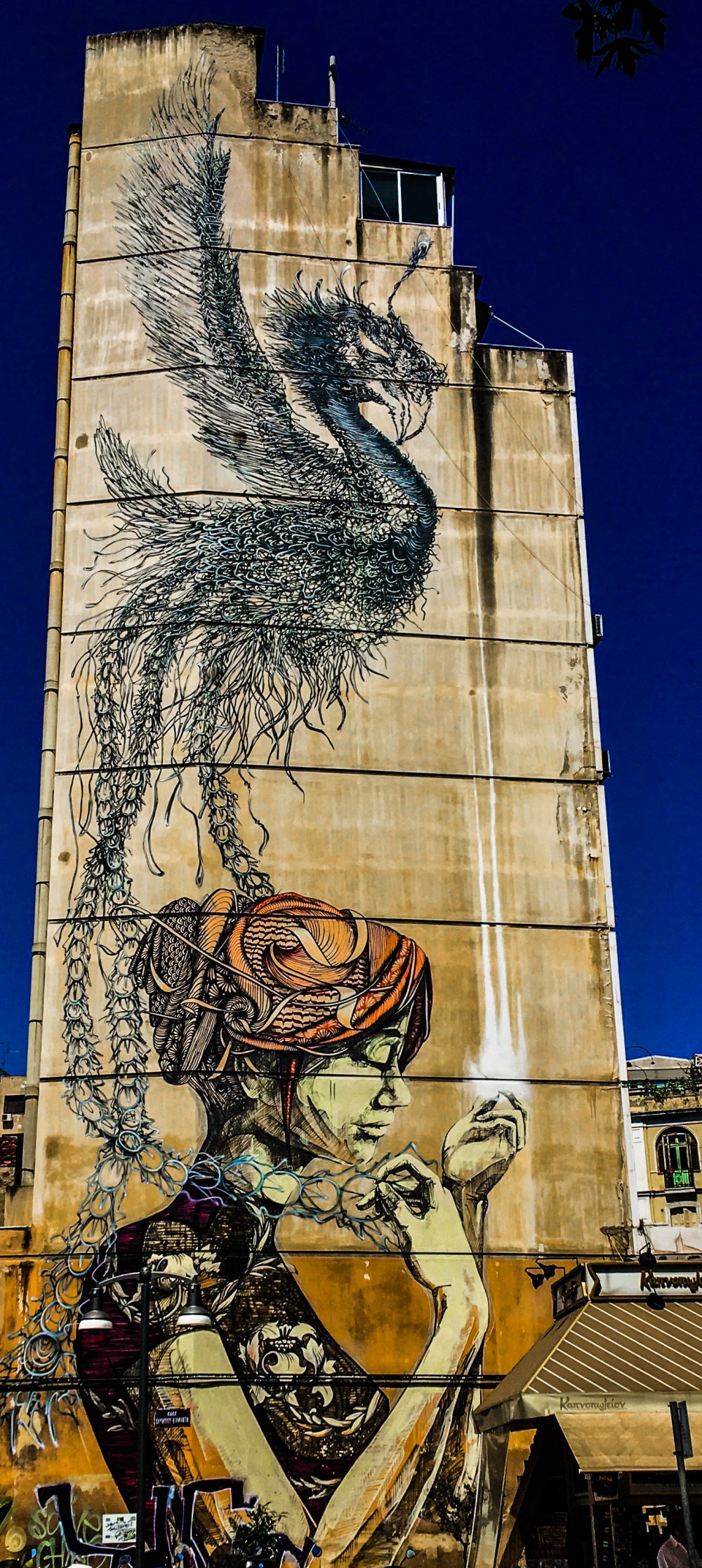
The city is so important to the country that it is often called the co-capital of Greece and is largely built around the several mile long promenade at its center. The seafront walkway is nearly always full of Thessalonians either taking a brisk stroll down the esplanade or sitting outside one of the many cafes and bars lining the street and enjoying the sun. Our first night in the city, we joined in on the dusk time ritual of walking down the promenade after dinner towards the symbol of the city, the 16th century White Tower which is the last surviving tower along the seafront.


The next day, we made our way toward Aristotle Square on our sightseeing trail through the city to see its many Byzantine-era (330–1453 AD) buildings. To sustain ourselves for our trek, we, of course, had to start our day with a Gyro at one of the more popular spots in the city. Gyros are one of our favorite foods to eat and a Greek specialty which consists of a heaping pile of chicken, pork, or lamb, stuffed in a pita with onions, lettuce, tzatziki (or garlic sauce), and sometimes french fries. We both decided it was easily one of the better ones we have ever had.

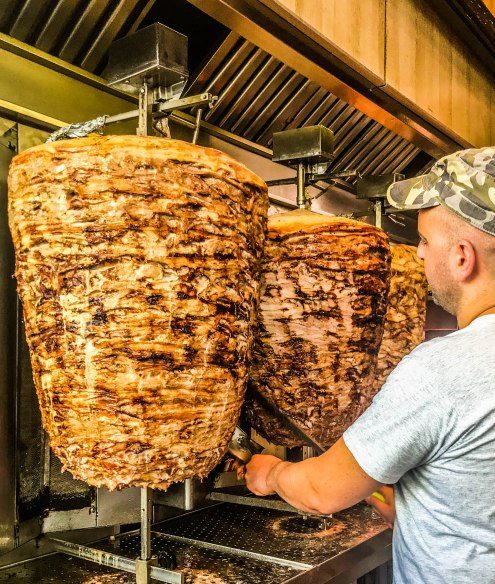
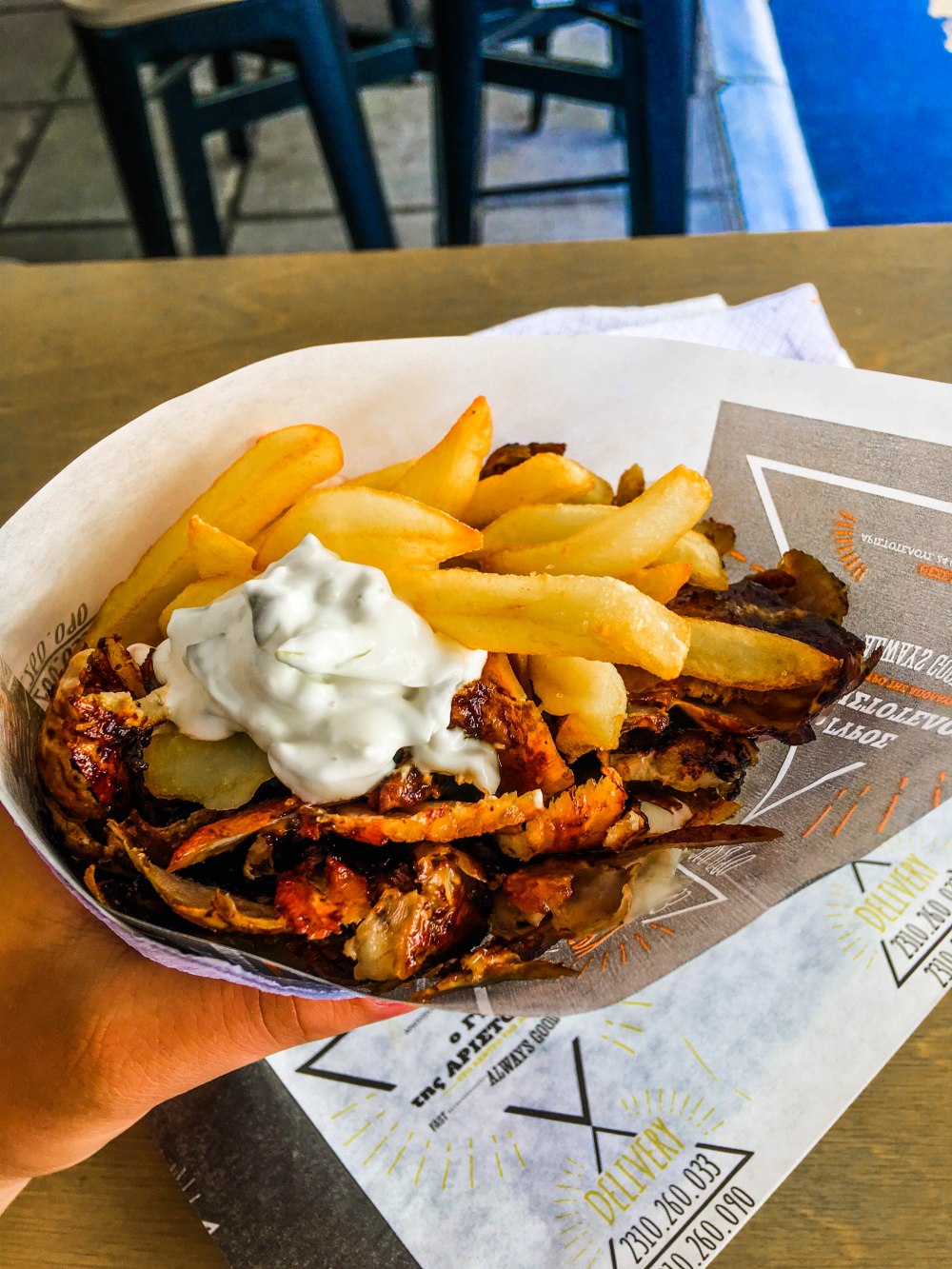
For dessert, we stopped at a famous bakery near the square where we each tried some crispy, golden phyllo triangles soaked in syrup and filled with rich and creamy custard. We tried both the vanilla and caramel cream varieties and loved the treat so much we couldn’t help but buy a few at the airport before we left.
After, we stopped at a cafe before visiting the famous Arch of Galerius to try a cold coffee drink that we had seen many Greeks drinking throughout our time in Thessaloniki. Later, we learned the drink is called a frappé. Though brewed throughout the world, the frappé was actually invented accidentally in Thessaloniki by a Nescafe representative. The term only became popular after being used by McDonald’s in the past decade. Frappés in Greece are an enormous part of the coffee culture and are enjoyed year round. The cafe we stopped at served our frappés thick and creamy with a consistency almost like a melted milkshake (though not sweet like one) with ice added. The consistency is really hard to describe but made it a really unique (and tasty!) drink .
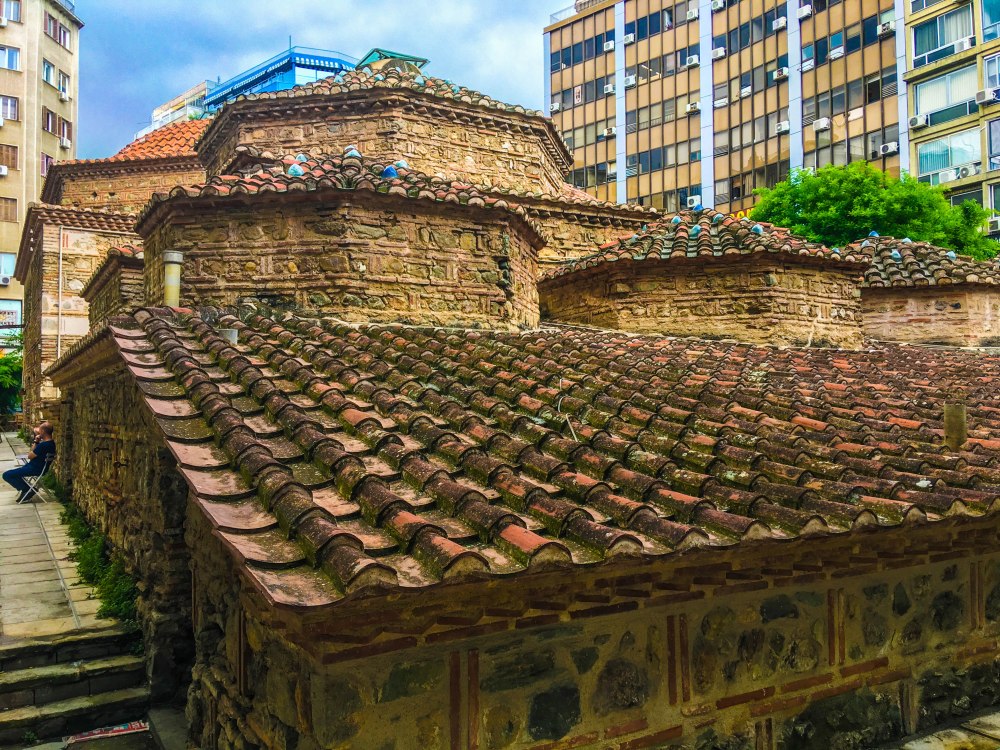
Our Byzantine building tour began with a walk from the square through the large central market towards the Arch of Galerius. The arch was commisioned to celebrate Roman Emperor Galerius’s victory over the Persians to capture their capital city of Ctesiphon in 298 A.D. The arch presents the dominant figure of the emperor attacking the Persians on horseback on his way to victory. The stone carvings in the arch are still remarkably detailed for being so old and the arch is imposing and distinctive despite being surrounded by massive modern buildings.
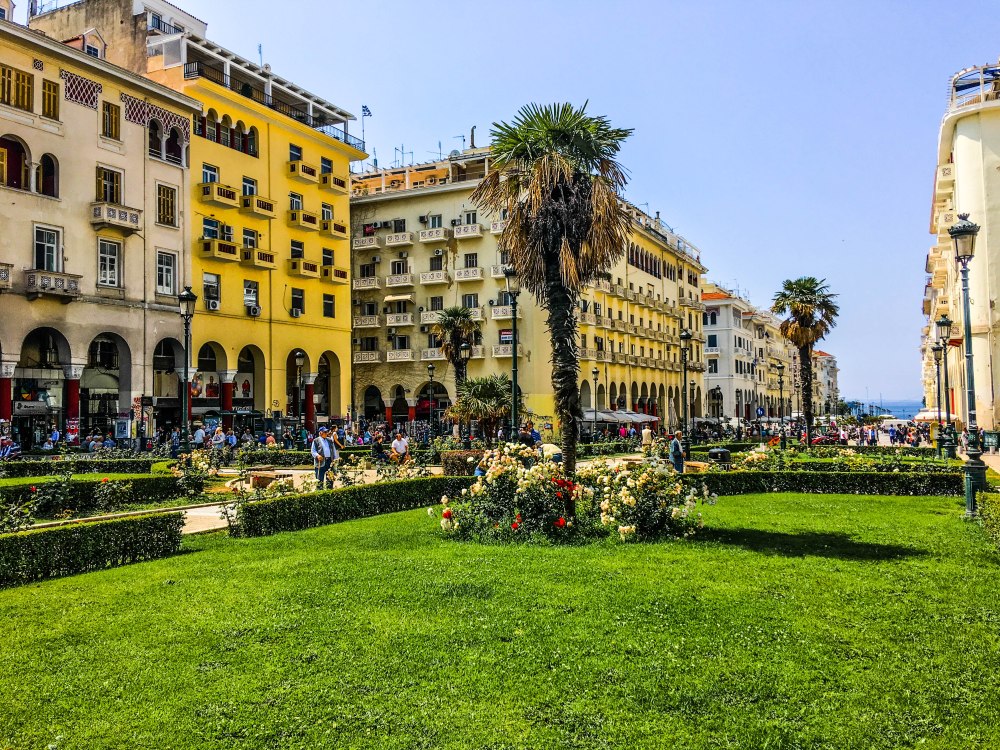
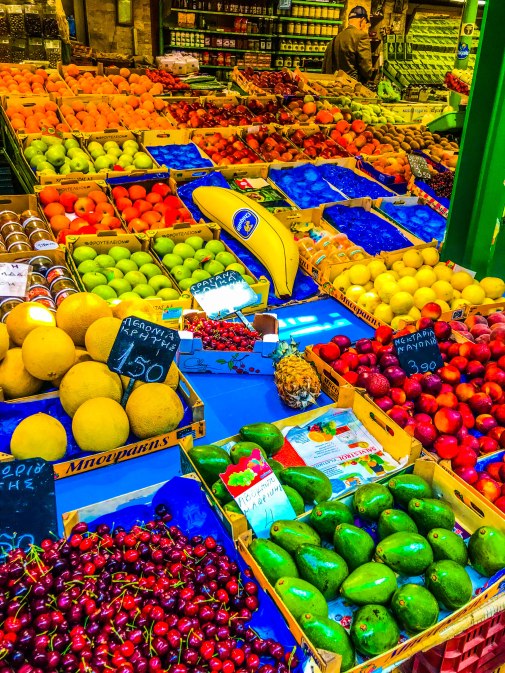

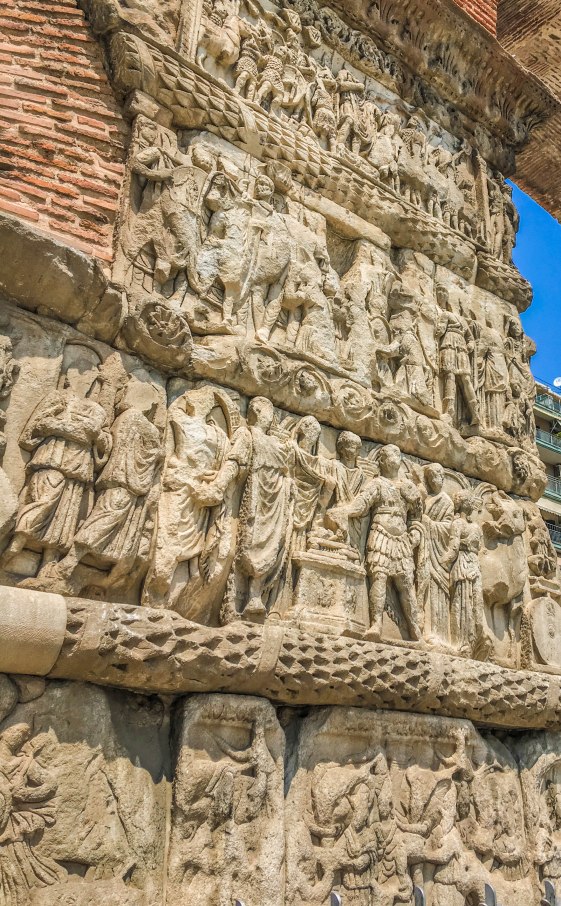
In the same square is the modern Panagia Deksia church where we stopped by to admire its beautiful interior before taking the quick walk over to the Rotunda which was also built by the Ceasar Galerius in the early 4th century. The age of the Rotunda makes it the oldest church in Thessaloniki and one of the oldest in the world. The rotunda began life as the Ceasar’s future mausoleum before becoming a Christian church after the emperor’s death, later being turned into a mosque during the Ottoman’s occupation of the city before finally being reconsecrated by the Greek Orthodox Church in the early 20th century. Covering the ceiling of much of the Rotunda are several beautiful mosaics, many of which show damage from several past earthquakes that hit the city since the ancient Rotunda was built.
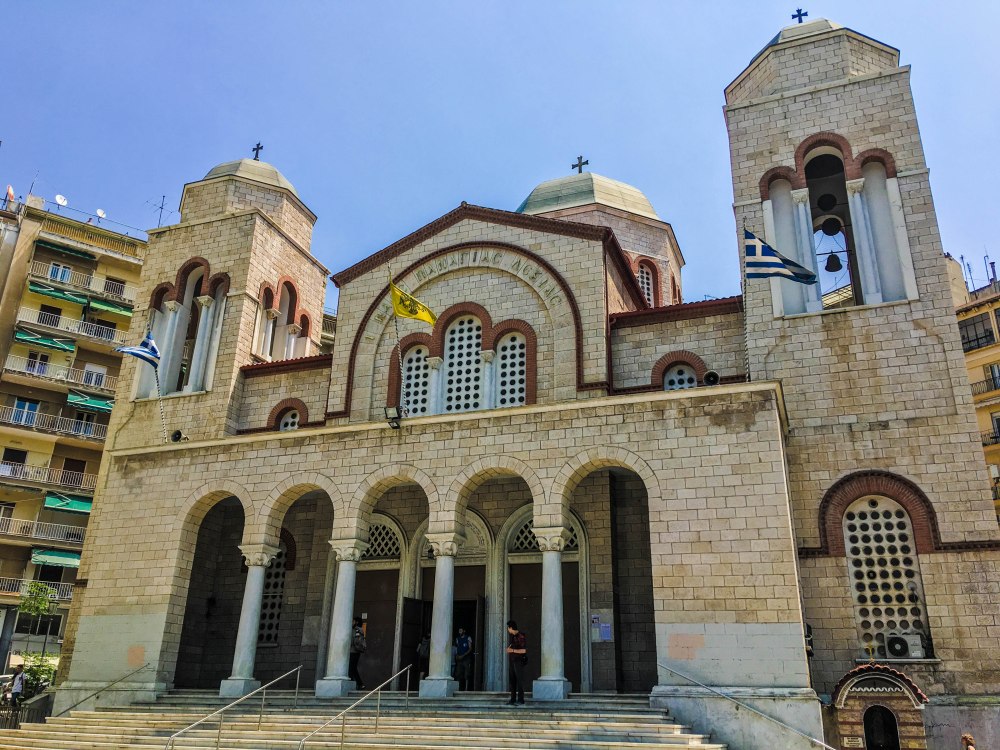
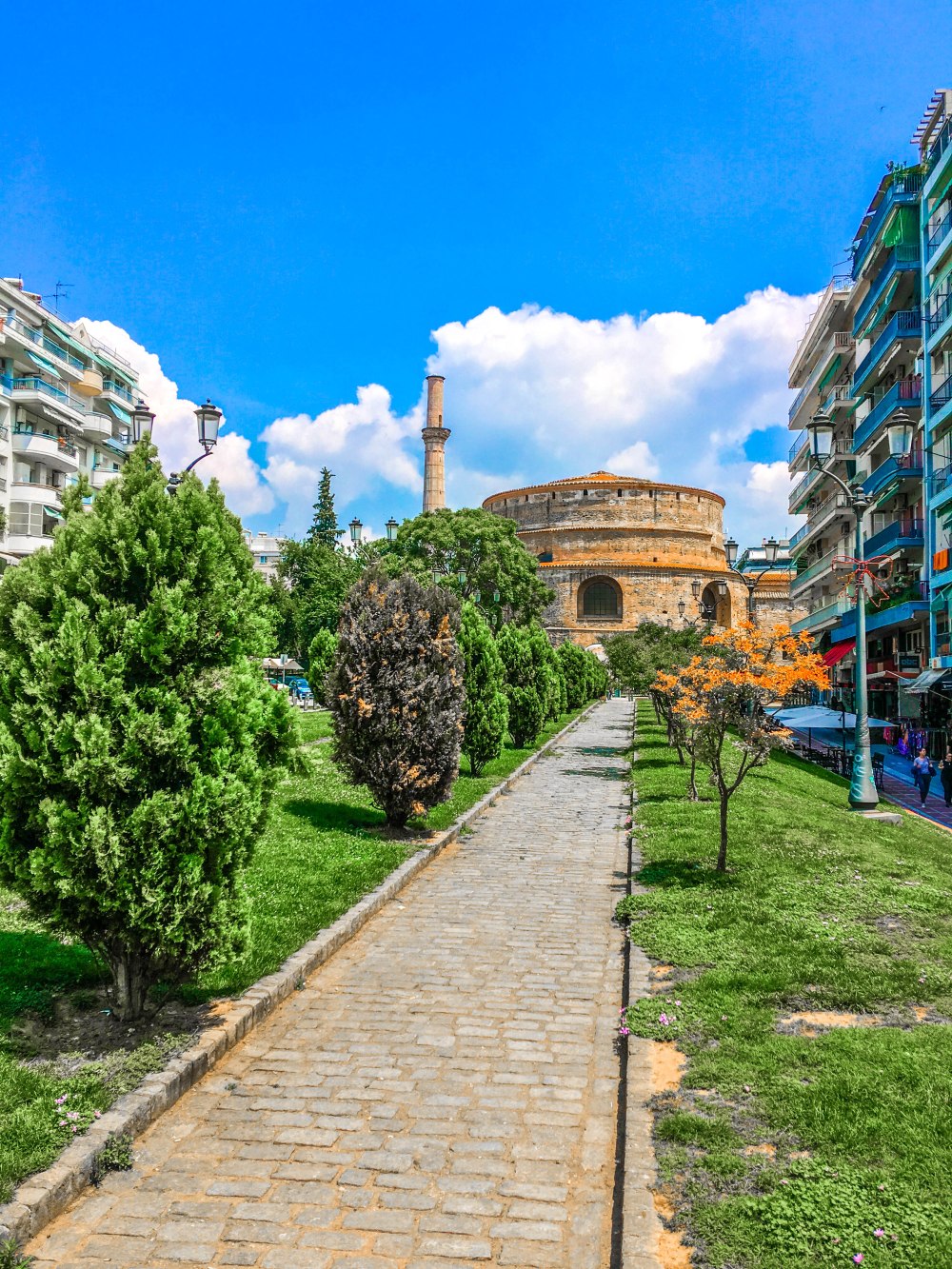
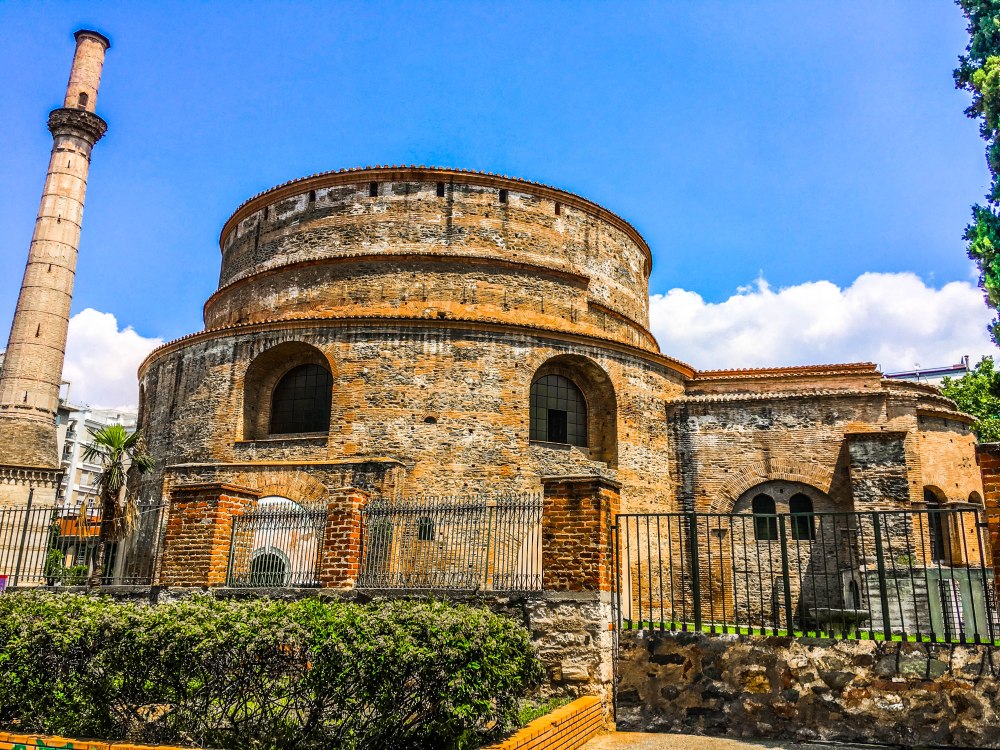
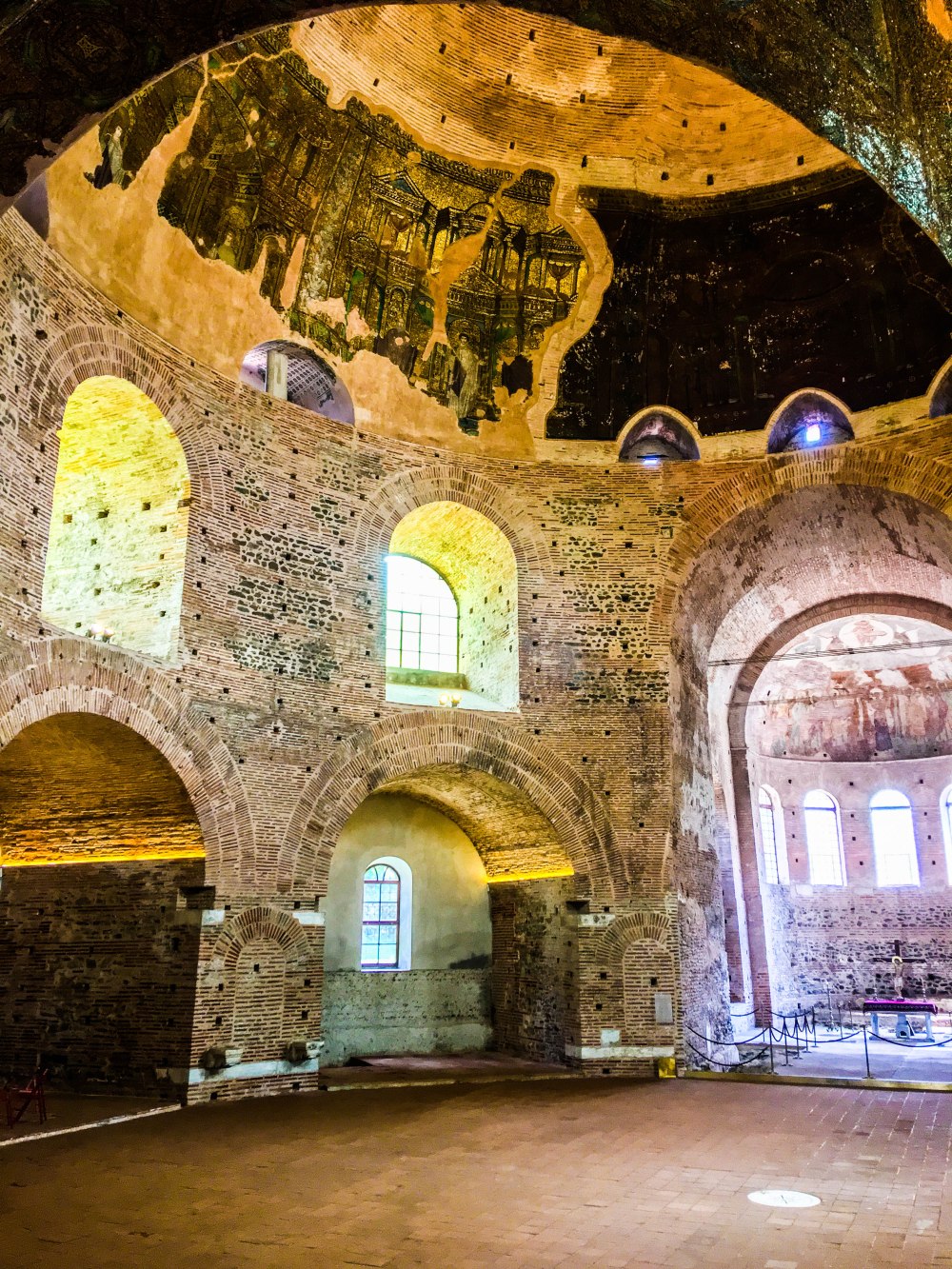
From there, we walked to Hagios Demetrios, an ancient church where the patron saint of the city, Saint Demetrius, was imprisioned in the later 3rd and early 4th centuries A.D. As the sanctuary dedicated to their city’s patron saint, most Thessalonians consider Hagios Demetrios to be the most important church in Thessaloniki. The cleanliness of the building and the reverence given to it by the locals definitely shows its importance to them. Below the church we explored the caverous crypts which was very luckily discovered in 1917 after a fire occured in the church.
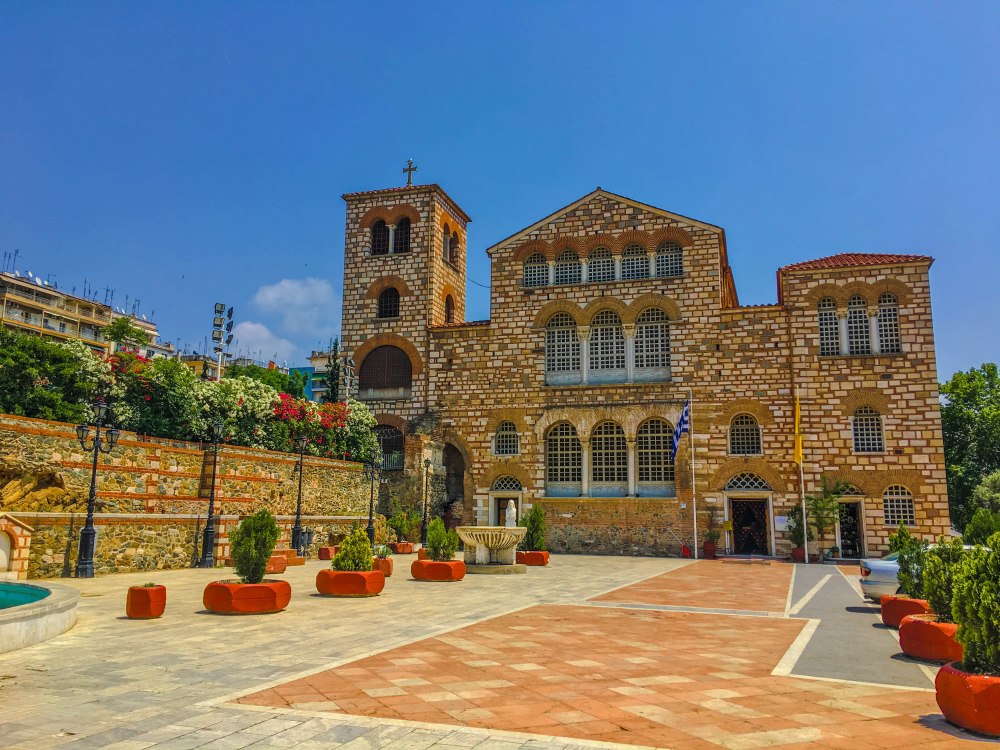
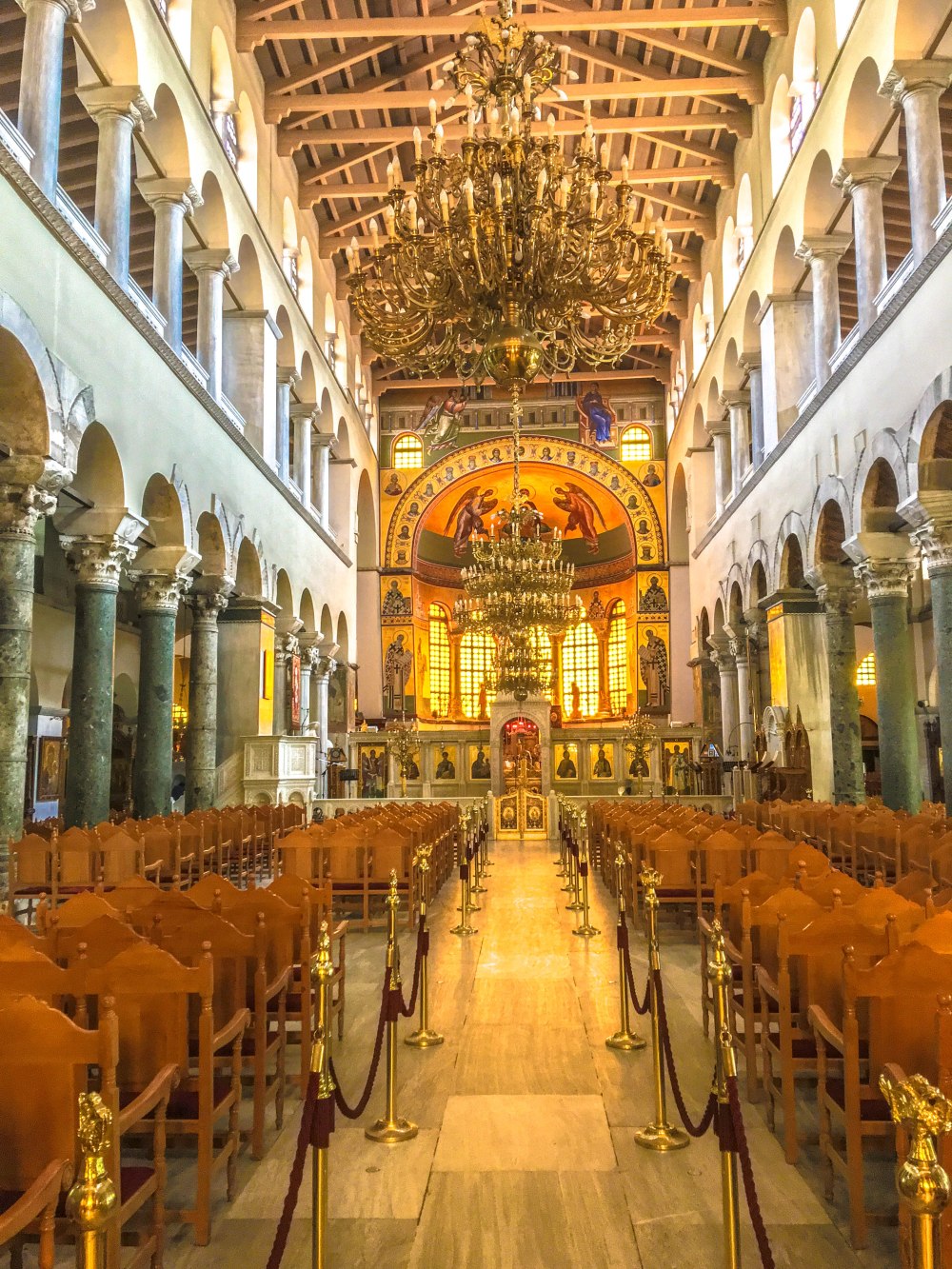
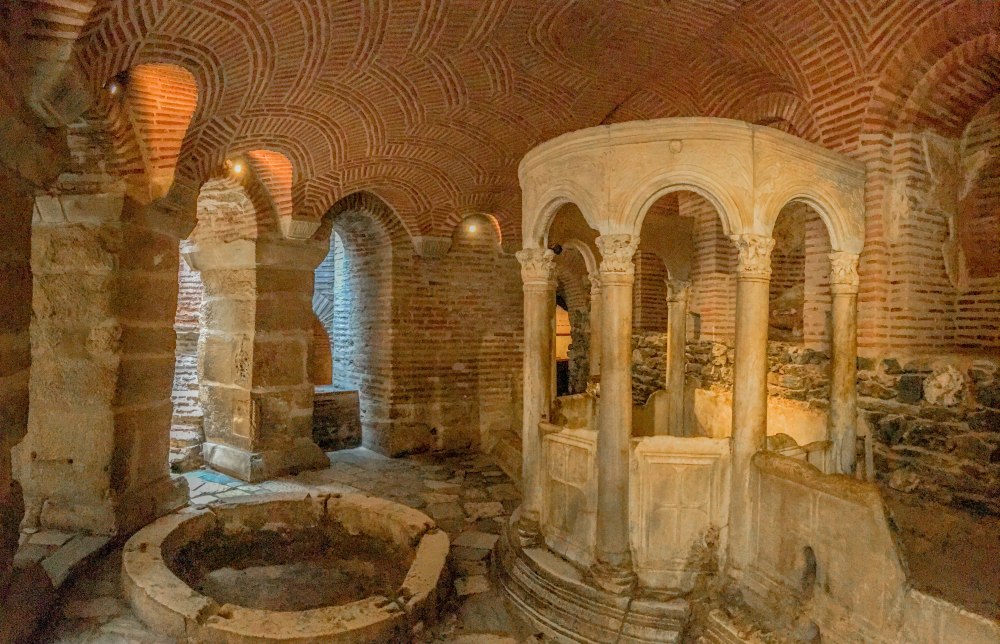
We rounded out our exploration of the city by taking a walk over to the Roman Forum which in anceint times was the heart of the city and center of public and political life in Thessaloniki. There, we watched as what we later found out were stray dogs playing around with some dogs that were let off their leashes by their owners. It was not at all uncommon for us to see these massive and clearly well-fed dogs lounging throughout the city and its green spaces. After doing research later we found that these “community dogs” have their vetenary services paid for by the Greek government who vaccinates them, tags the animals, and even takes care of them if they get injured! We thought this was a really amazing part of Greek culture that is unique from any other country we have seen, especially as I said earlier, they clearly had no trouble finding food and were clearly happy as well.



Our trip to Greece was in every way enjoyable. Along with being extremely affordable and having some amazing Greek cuisine, Thessaloniki is an energetic and vibrant cty with a young population that were very warm and friendly toward us. I really enjoyed how seemingly random Byzantine building were dispersed around the city meaning any turn onto a new street can result in a new and exciting experience. I am glad we chose to go to both Greece and Thessaloniki and I am looking forward to an opportunity to visit Athens sometime in the future.
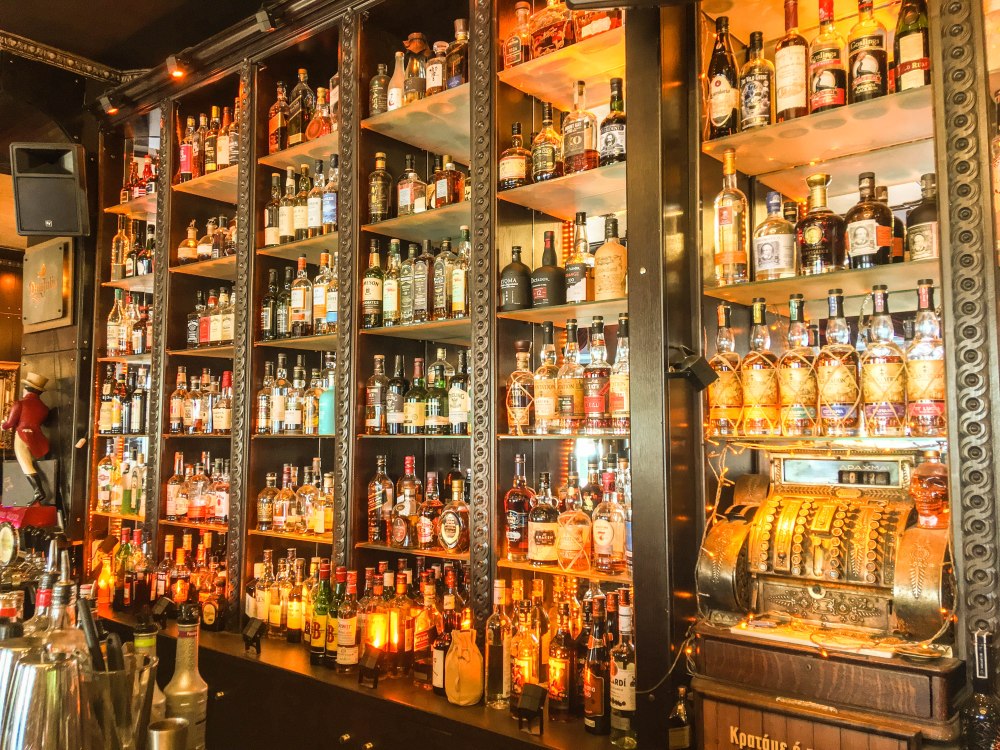
Fantastic photos. You really captured the mood of the place
LikeLike